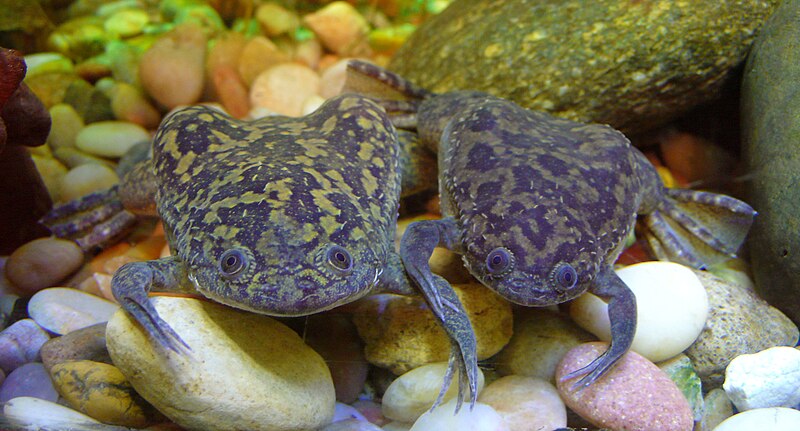The wonderfully bizarre Malayan Leaf Frog, Megophrys nasuta, has always been a somewhat difficult species to keep. However, we now have a better understanding of its needs, and captive breeding is becoming more regular. As it turns out, the Malayan Leaf Frog’s reproductive behavior is as unusual as its appearance.
Natural History
Malayan Leaf Frogs range from southern Thailand through the Malayan Peninsula, Indonesia and Sumatra to Borneo. Despite the large range, uncanny camouflage and a preference for forested habitats renders them difficult to find. Little is known of their status and conservation needs.
Malayan Leaf Frogs are classified in the family Megophryidae, a group of 150+ largely nocturnal, leaf-mimicking species. Most prefer walking to hopping, and many are largely unstudied. Read More »
 That Reptile Blog – Reptile, Amphibian and Exotic Pet Care and Information
That Reptile Blog – Reptile, Amphibian and Exotic Pet Care and Information




